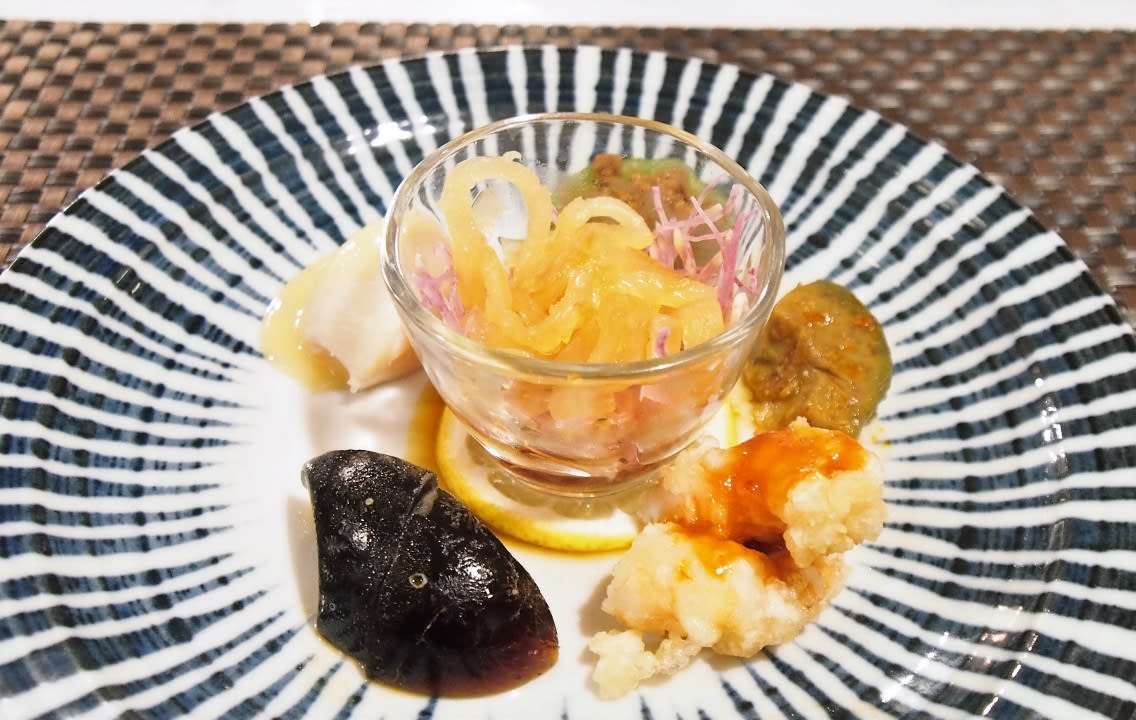
Chinese culture came to Japan in a big way centuries ago. This included rice, chopsticks, written language, Buddhism and just about everything else that we call Japanese civilization today. However, the diffusion of Chinese food is a different story.

Modern Chinese food came from the influx of Chinese into Yokohama, Kobe and Nagasaki during the late 19th century. The Chinese had no legal right to live in Japan, but were brought in large numbers as servants for the many Westerners who were settling in the country.





Shark Fin Soup


Gyoza are Chinese dumplings. The main difference between the Japanese and Chinese versions is that the ones in Japan are pan-fried so that they're seared on one side while in China they're usually boiled. Chinese gyoza wrappings are thick and it would be difficult to pan fry them so that the insides would be done. In China, they're usually served in soup.


























